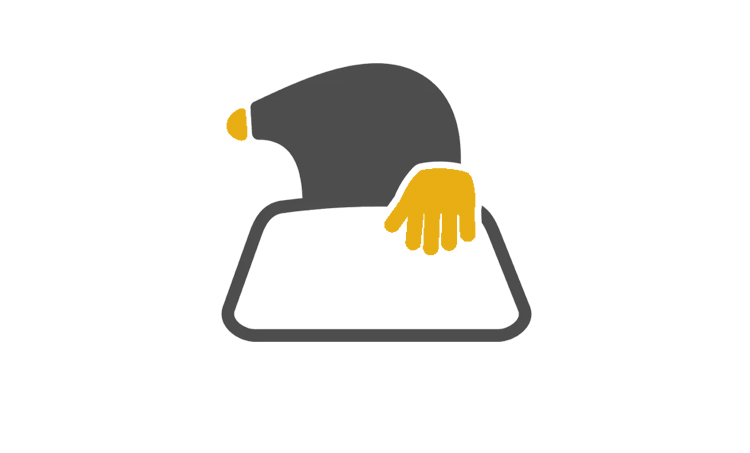Last Updated on: 31st March 2025, 05:23 pm
Web designers worldwide constantly consider how they can design a website with an instantly appealing aesthetic. Why? Because your website is the digital storefront, the initial handshake, and the crucial first impression for any business; and a critical stepping stone in the customer journey.
However, a stunning design is just the first of many steps to success. While aesthetics are essential for grabbing attention and making a customer feel in the right place, a genuinely effective website goes beyond the visuals. It needs to be crafted with a clear purpose: to convert visitors into customers, leads, or loyal advocates.
The bottom line is paramount for businesses, whether they are small charities or international retailers. A website that looks fantastic but fails to drive desired actions is ultimately a costly vanity project. This is where conversion-centered design comes into play. It’s about understanding user behaviour, anticipating their needs, and strategically guiding them towards specific goals.
Today, we are joined by web design experts, Full Stack Industries to guide us on designing a website for conversion. Commenting on the matter, Full Stack Industries said:
“Many businesses fall into the trap of prioritising aesthetics over functionality. They might have a cutting-edge website, but the user journey is confusing, calls to action are buried, or crucial information is difficult to find. This disconnect directly impacts conversion rates and is something all businesses must consider as a priority.”
Adopting a Conversion-First Mindset
Conversion-centered design focuses on elements that directly influence user action. This includes:
- Clear Calls to Action (CTAs): These signposts tell users what you want them to do. Whether it’s “Contact Us,” “Download Now,” or “Purchase,” CTAs need to be prominent, compelling, and strategically placed.
- Intuitive Navigation: Users should be able to find what they’re looking for quickly and easily. A clear and logical site structure prevents frustration and abandonment.
- Optimised Forms: Long or overly complex forms can be a significant barrier to conversion. Streamline forms to request only essential information and ensure they work flawlessly.
- Compelling Content: High-quality, relevant content builds trust and encourages engagement. It should address user pain points and clearly articulate the value proposition.
- Mobile Responsiveness: With most internet browsing happening on mobile devices, a website that isn’t optimised for smaller screens is losing a significant portion of its potential audience.
- Trust Signals: Elements like testimonials, security badges, and case studies build credibility and reassure visitors.
- Speed and Performance: A slow-loading website can frustrate users and lead to high bounce rates, directly impacting conversions.
Full Stack Industries adds, “We often see significant improvements in conversion rates simply by focusing on these core principles. It’s about understanding the user’s intent and making the path to conversion as smooth and frictionless as possible. A beautiful, strategically designed website built for conversion is a powerful combination.”
The Importance of Understanding Your Customer
A deep understanding of your target audience lies at the heart of effective conversion-centered design. You can have the most visually stunning website in the world, but it will ultimately fall short if it doesn’t resonate with your ideal customer’s needs, desires, and pain points.
By deeply understanding your customer, you can tailor your website’s content, design, and functionality to meet their needs, leading to higher engagement and conversion rates.
Final Thoughts
While a visually appealing website is essential for making a positive first impression, it’s only one piece of the puzzle. Businesses looking to maximise their online potential need to prioritise conversion-centered design. By focusing on user experience, compelling calls to action, and a strategic approach to functionality, they can transform their website from a simple brochure into a powerful engine for growth.



